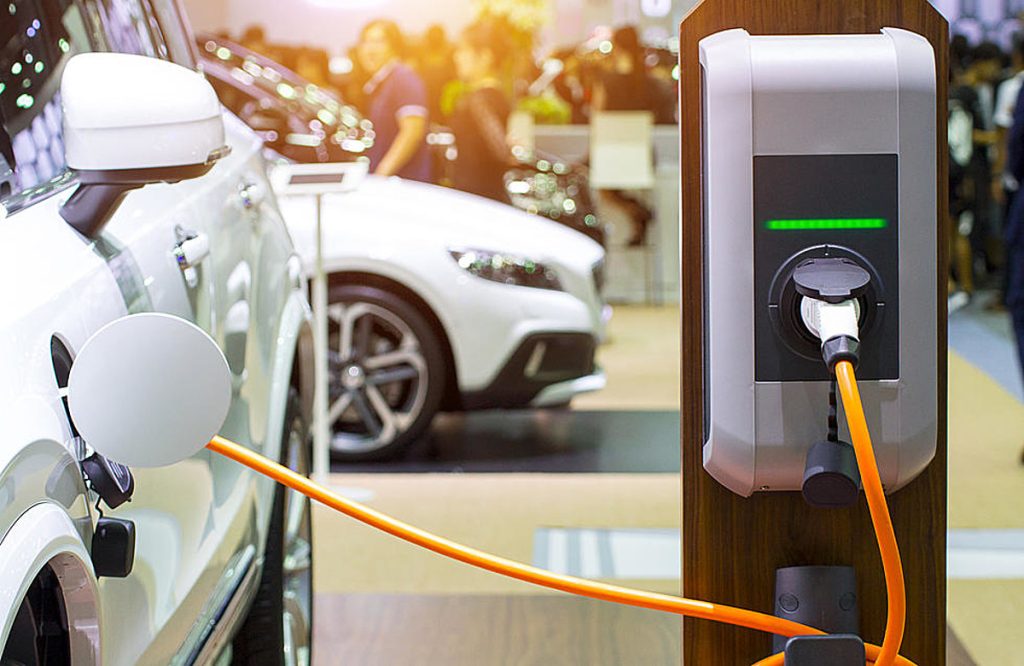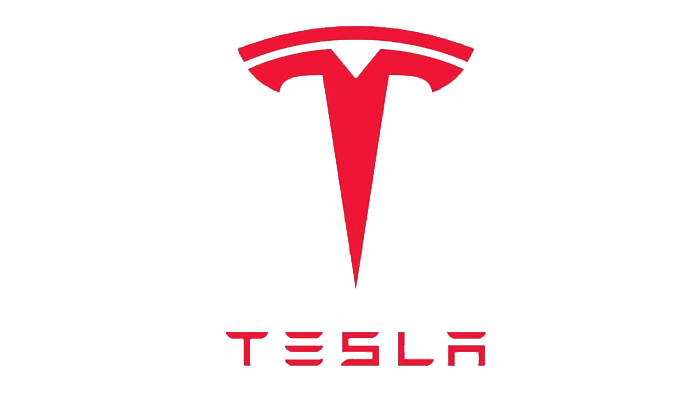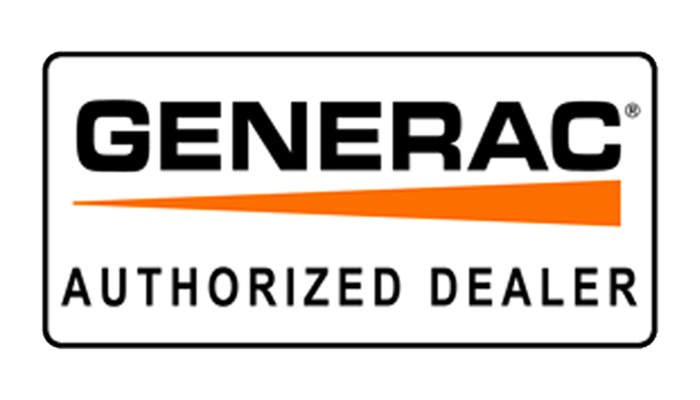You could find it unnecessary to buy or install any specialized equipment to charge your EV at home. A charging cable that fits into a standard socket is included with the majority of EVs. Although sluggish, it nonetheless functions. Having said that, you’ll likely want something that operates more quickly, and you’ll probably need to pay an electrician to set it up.
What happens if you don’t park in a home’s driveway or garage? We’ll go through all the specifics of how to charge an EV at home, provide some information on the most widely used and well-regarded EV chargers, and, if you require one, assist you in finding an installer.
Basics of EV Charging
We offer more detailed guidelines on how much it costs to charge an EV and how long it takes. But here’s a summary:
Ways to Charge
Every electric vehicle has a charging outlet, which is often located around where you would fill up a petrol tank. The same style of charger works with the majority of EVs. Except for Tesla, they are all essentially interoperable with one another provided you have the proper adaptor.
Price to Charge
This is determined by the price of electricity, which is often expressed in cents per kilowatt-hour (kWh). Consider kWh as the fundamental unit of EV charging economics, comparable to the price per gallon of gas for an internal-combustion vehicle. The price per kWh for charging at home is often the same as the price you pay for the rest of your power.
According to the Energy Information Administration, the average price per kWh will range from 10 to 45 cents by the beginning of 2023, depending on the state. On your utility statement or the website of your utility company, you may see the exact pricing. Most of the time, electric vehicle charging is cheaper than filling up a petrol tank; however, this isn’t always the case in areas with expensive energy. The figures for EVs are significantly better with a rooftop solar system or a community solar subscription.
Time to Charge
As of early 2023, the fastest vehicles using the quickest public chargers can recharge 80% of their battery pack in 20 minutes. The battery will be fully charged if you keep the car plugged in overnight because a normal at-home charger can recharge the car’s battery by 20 to 30 miles of range for every hour that it is plugged in.
Approximately 4 miles of the range may be obtained every hour of charging when using a regular wall outlet. A long-range electric vehicle (EV) will need many days to charge fully at that rate, but it should provide you with enough of a charge overnight to go to and from work.
How Long Does It Take An Electric Car To Charge?
Depending on a variety of factors, including the size of the battery in your specific vehicle and where and when you choose to charge, charging your EV from zero can take as little as 20 minutes or as long as 40 hours. First, it’s important to understand the three EV charging levels.
Level I Charging
The EVSE that comes with every new EV and provides a Level I charge is the most basic. As a result, it can be plugged into any standard household socket and charges your automobile slowly—possibly at a rate of a few miles per hour connected.
The fact that a Level I charge adaptor will feature a standard home plug makes it simple to identify one. Don’t disregard Level 1 charging, though, if you only drive 20 to 30 miles a day, which is the US average, and leave your car in a parking lot for 10 to 12 hours at night. But many home-owning electric vehicle owners install a Level II EVSE for added security.
Level 2 Charging
A separate wall charger for level 2 charging is required, along with a special cable leading back to your switchboard. Hardware for level 2 chargers ranges from $900 to $2500, and installation will run another $500 to $1000 or more. This pricing also assumes that your switchboard and mains supply can support the additional load. Upgrades to your supply may cost thousands more if they are unable to.
The additional range added by a single-phase, 7 kW Level 2 charger per hour is around 40 kilometers. If your vehicle is capable of handling it, a three-phase, 22 kW EV charger will add around 130km of range per hour. Many automobiles can’t invert AC electricity so rapidly, even though a 3-phase Level 2 charger has an output capacity of up to 22 kW. To find out your car’s maximum AC charging rate, check the specifications.
Level 3 Charging
These rapid turnaround gas stations and service centers have public DC chargers (AC & DC), which are essential for making EVs practical for long-distance travel with low downtime for charging. Rapid chargers have capacities ranging from 50kW DC to 350kW DC for ultra-rapid charges.
It’s important to note that smaller capacity EVs, such as plug-in hybrids, may utilize up to 50kW of charging but cannot use ultra-rapid charging. Even cars with higher charging capacities, such as the Tesla Model S, Mercedes-Benz EQC, and Audi E-Tron, will only be able to charge at a maximum of about 110 to 150 kW. To only take the greatest amount of energy, your automobile and charger communicate with one another across the cord.
Do All Electric Cars Utilize The Same Type Of Charger?
Not all types of electric cars can be used, as is seen from the many plug types available for Tier 2 and Tier 3 electric vehicles. There isn’t a universal plug that is used everywhere. However, a variety of adapters are available on the market to enable the use of various chargers with electric vehicles. For instance, charging can start as soon as the two charging pads are lined up.
Certain electric vehicles cannot be charged wirelessly, and charging rates might vary from seller to vendor. There is little question that future electric automobiles will provide wireless charging as a standard feature.
How Are Electric Car Charging Fees Handled?
When it comes to how they charge your vehicle, charging companies operate in a variety of ways. Some alternatives include membership cards that can be topped up and used as required, subscriptions for specific charging providers, pay-as-you-go utilizing contactless at charging stations, and even membership cards.
A much more handy option for electric drivers is an app that offers many charging stations in one location. Although not all charging companies have signed up, several have partnered with the app to make charging payments easier. There are also some free charging stations available, however, they are less prevalent than drivers would like and are primarily located in parking lots near supermarkets.










